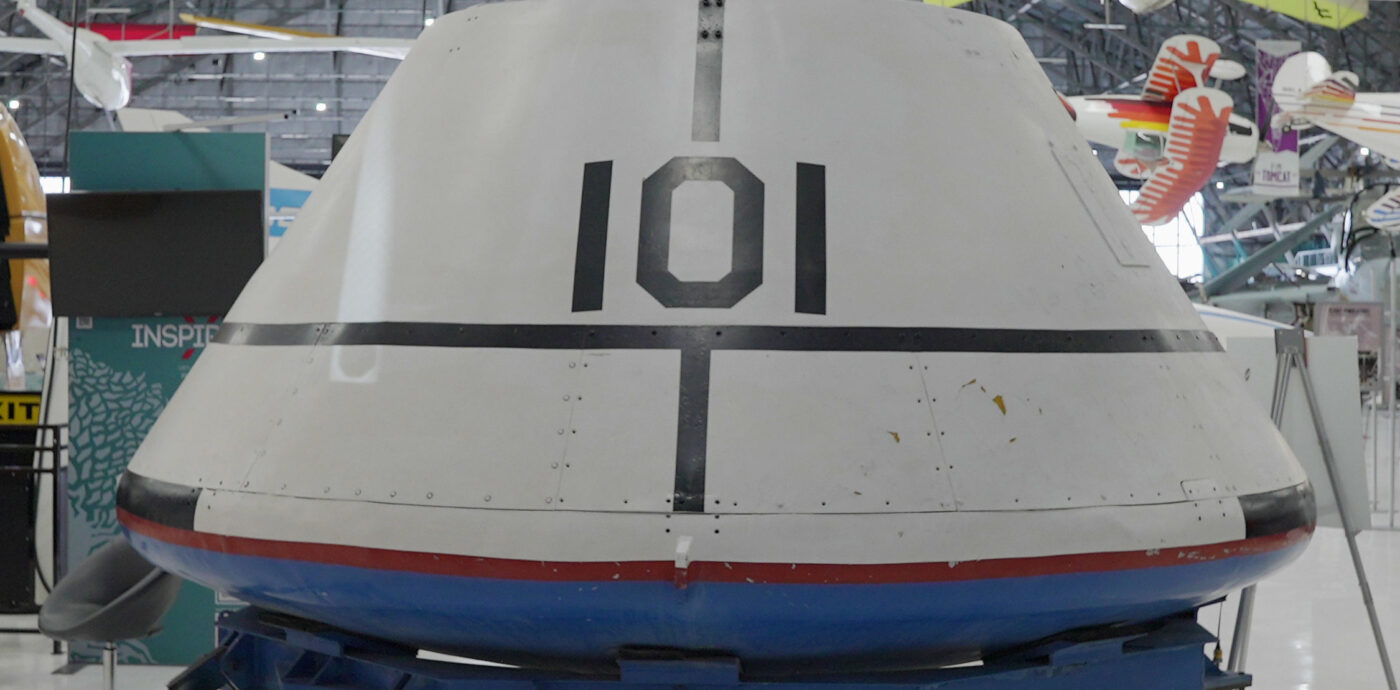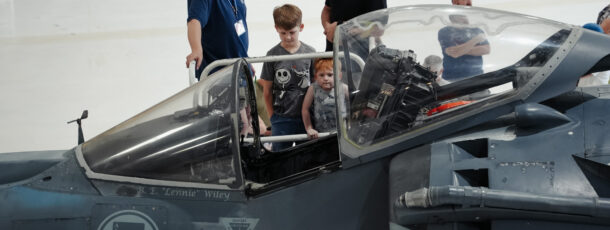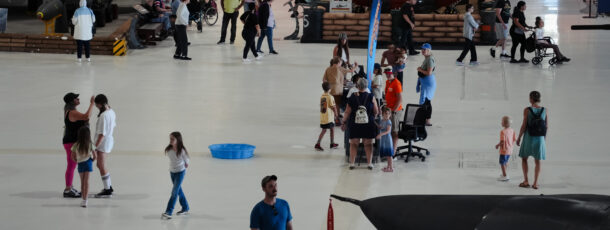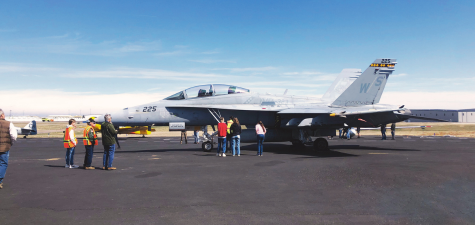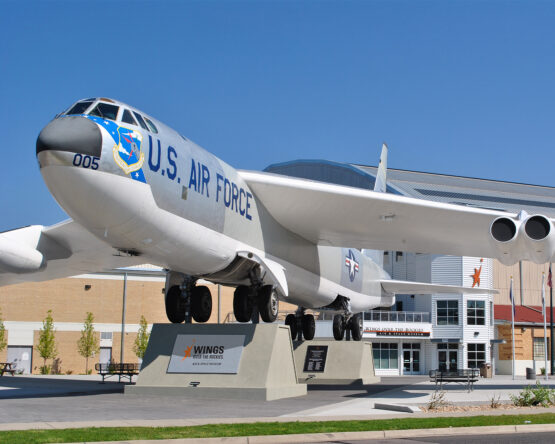 Air & Space Museum
Air & Space Museum
Lowry - Denver
Air & Space Museum
| Monday | 10am-5pm |
| Tuesday | 10am-5pm |
| Wednesday | 10am-5pm |
| Thursday | 10am-5pm |
| Friday | 10am-5pm |
| Saturday | 10am-5pm |
| Sunday | 12pm-5pm |
Address:
7711 East Academy Blvd Denver, CO 80230
P: 303-360-5360
-
Discover Wings Over the Rockies Air & Space Museum
Learn more about our exhibits, programs, and simulators at our world-class museum. Read more












